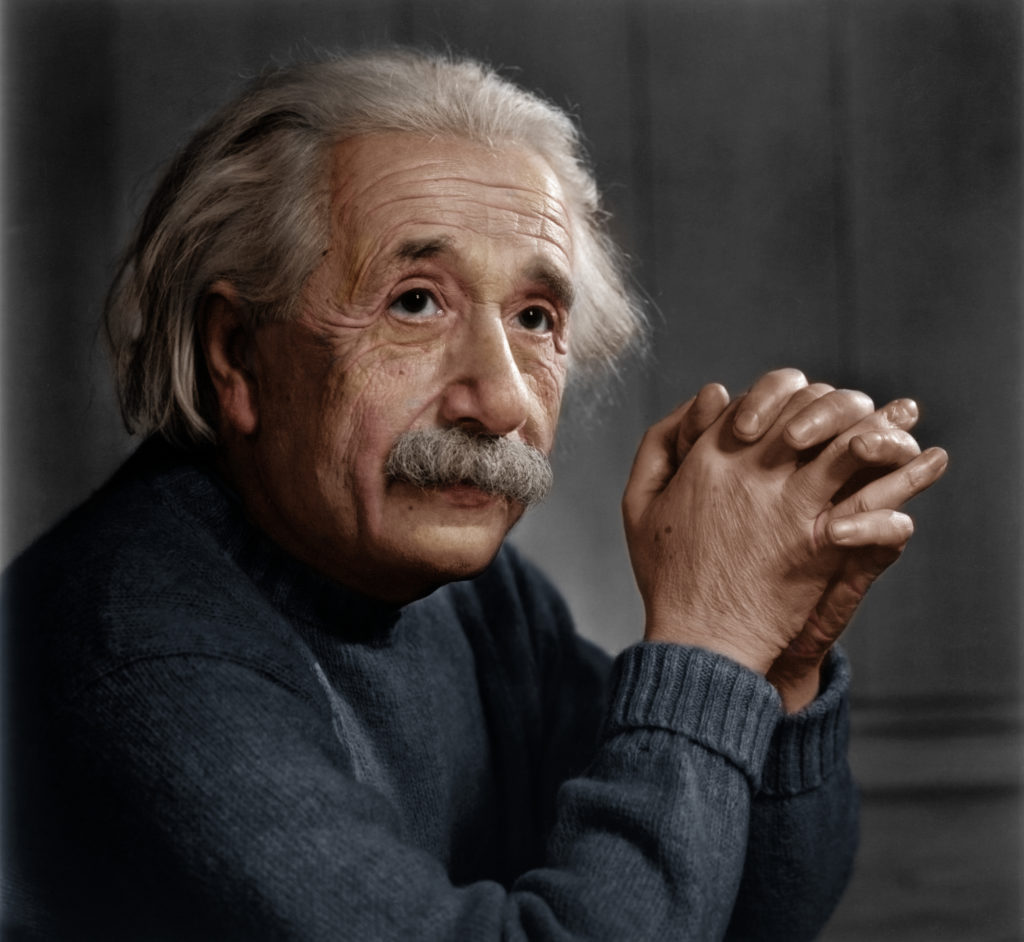
The Unbearable Weight of Expectation: UCL’s Biggest Signings and Their Defining Impacts
The UEFA Champions League, the pinnacle of European club football, is more than just a tournament; it’s an obsession, a dream, and for many clubs, the ultimate validation. The relentless pursuit of this coveted trophy has transformed the transfer market, inflating player valuations to astronomical figures as clubs gamble colossal sums on individuals they believe can be the missing piece in their continental jigsaw. These "UCL biggest signings" carry an unbearable weight of expectation, their every touch, goal, and injury scrutinized through the lens of their gargantuan price tag and the club’s ultimate European ambition. This article delves into the most significant transfer coups in Champions League history, examining their profound impacts – both triumphant and disastrous – on their clubs’ fortunes, the market, and the very narrative of football.
The Galácticos Era: Setting the Precedent for Extravagance
Before the hyper-inflated market of the 2010s, Real Madrid’s "Galácticos" era under Florentino Pérez set the benchmark for spending to achieve Champions League glory. Their strategy was simple: sign the world’s best players, regardless of cost, and watch the trophies roll in.
Zinedine Zidane (From Juventus to Real Madrid, 2001 – €77.5 million):
At the time, Zidane’s transfer fee was a world record, a staggering sum for a single player. His impact was immediate and iconic. In his very first season, Zidane scored that unforgettable volley in the 2002 Champions League final against Bayer Leverkusen, securing Real Madrid’s ninth European Cup. His presence elevated the team’s artistry, vision, and control in midfield. Beyond the immediate silverware, Zidane became the embodiment of Real Madrid’s ambition, demonstrating that investing heavily in a generational talent could indeed yield the ultimate prize. His success cemented the idea that a "UCL-winning" player was worth almost any price.
Luís Figo (From Barcelona to Real Madrid, 2000 – €60 million):
Even more controversial than Zidane’s arrival, Figo’s move from arch-rivals Barcelona was a declaration of intent. While the reception from Camp Nou was hostile, his impact on the pitch for Real was undeniable. Figo provided pace, trickery, and incisive passing from the wing, immediately enhancing Real’s attacking prowess. His transfer not only weakened a direct competitor but also signaled Real’s absolute dominance in the transfer market, paving the way for more "Galáctico" signings and setting a new standard for inter-club rivalry fueled by money.
These early mega-signings proved that a single player could indeed be a catalyst for Champions League success, laying the psychological and financial groundwork for the transfers that would follow.
The Modern Era: Market Meltdown and Unprecedented Stakes
The mid-2010s witnessed an explosion in transfer fees, largely driven by new money in football and the insatiable demand for Champions League success from ambitious clubs.
Neymar Jr. (From Barcelona to Paris Saint-Germain, 2017 – €222 million):
This transfer wasn’t just a record; it was an earthquake that fundamentally reshaped the transfer market. PSG, bankrolled by Qatar Sports Investments, triggered Neymar’s release clause, a move that sent shockwaves through European football. The impact was multifaceted:
- Financial Inflation: It instantly reset player valuations, making €100 million transfers seem commonplace. Every subsequent transfer negotiation was benchmarked against Neymar’s fee.
- Sporting Ambition: For PSG, Neymar was meant to be the final piece of their Champions League puzzle, the superstar capable of winning them the elusive trophy. His arrival did elevate PSG’s global brand and ensured domestic dominance.
- The Unfulfilled Promise: Despite reaching a final (2020) and a semi-final, Neymar’s time at PSG has been plagued by injuries at crucial moments, particularly in the Champions League knockout stages. While his individual brilliance has shone, he hasn’t delivered the ultimate prize, highlighting that even a record-breaking transfer for a world-class talent doesn’t guarantee UCL glory, especially when fitness and team cohesion are compromised.
Kylian Mbappé (From Monaco to Paris Saint-Germain, 2018 – €180 million):
Following Neymar, PSG solidified their super-team with Mbappé, initially on loan. While not a direct "UCL-winning" signing in the same vein as Zidane, his acquisition was part of the same strategy. Mbappé’s blistering pace, clinical finishing, and incredible maturity for his age made him an instant sensation.
- Long-Term Strategy: Unlike Neymar, Mbappé was seen as the future of football, a generational talent around whom a dynasty could be built. His consistent high-level performances have made PSG a constant threat in the Champions League.
- The Weight of the Trophy: Like Neymar, Mbappé has consistently excelled individually, becoming PSG’s all-time top scorer. However, the Champions League trophy remains elusive, intensifying the pressure on him and the club. His repeated flirtations with Real Madrid also underscore the immense pressure on these superstars to deliver Europe’s biggest prize.
The Golden Investments: When the Gamble Pays Off
While many big signings fail to deliver the ultimate European prize, some investments truly pay dividends.
Cristiano Ronaldo (From Manchester United to Real Madrid, 2009 – €94 million):
Ronaldo’s move to Real Madrid was monumental. Already a Champions League winner with Manchester United, he arrived as a global superstar. His impact was unprecedented:
- Goalscoring Machine: Ronaldo redefined goalscoring records, becoming the Champions League’s all-time leading scorer during his Real Madrid tenure. His insatiable hunger for goals directly translated into European dominance.
- Four UCL Titles in Five Years: Ronaldo was the spearhead of the Real Madrid team that won an astonishing four Champions League titles in five seasons (2014, 2016, 2017, 2018), including an unprecedented three-peat. His clutch performances in knockout stages and finals consistently proved his worth.
- Brand Power: Beyond the pitch, Ronaldo’s presence further elevated Real Madrid’s global brand and commercial revenue, justifying the immense outlay. He arguably represents the most successful "UCL-winning" signing in modern history, a player whose transfer fee was not just repaid in trophies but amplified in global reach.
Jack Grealish (From Aston Villa to Manchester City, 2021 – £100 million):
Manchester City’s pursuit of the Champions League has been long and arduous, marked by significant investment. Grealish’s arrival for a British record fee was seen as another piece of Pep Guardiola’s intricate puzzle.
- Tactical Fit over Goals: Unlike a traditional winger, Grealish’s impact was more about control, ball retention, drawing fouls, and progressing the ball in tight spaces. His ability to alleviate pressure and maintain possession in high-stakes Champions League matches was crucial.
- The Missing Piece: While not always statistically flashy, Grealish provided a different dimension to City’s attack. In the 2022-2023 season, he played a pivotal role in City finally lifting the Champions League trophy, demonstrating that a big signing’s impact isn’t always measured solely by goals and assists but by how they contribute to the overall tactical success and team cohesion. His presence helped unlock City’s European dream.
The Costly Failures: When Dreams Turn to Nightmares
For every successful mega-signing, there are others that serve as cautionary tales, highlighting the immense risks involved.
Eden Hazard (From Chelsea to Real Madrid, 2019 – €115 million + add-ons):
Hazard arrived at Real Madrid as one of the world’s most electrifying wingers, expected to fill the void left by Cristiano Ronaldo. His tenure, however, was a catastrophic failure.
- Injury Plagued: A relentless string of injuries, coupled with fitness issues, severely limited his appearances and impact. He was a shadow of his former self, unable to replicate the dazzling form he showed at Chelsea.
- Zero Impact on UCL: Despite Real Madrid winning the Champions League in 2022, Hazard played a minimal role. His transfer became a symbol of a massive financial outlay yielding virtually no sporting return, serving as a stark reminder that even world-class talent can falter under the weight of expectation and physical setbacks.
Philippe Coutinho (From Liverpool to Barcelona, 2018 – €160 million):
Barcelona, desperate to replace Neymar and maintain their European dominance, broke the bank for Coutinho.
- Tactical Misfit: Despite his talent, Coutinho struggled to find a consistent role in Barcelona’s system, often playing out of position or failing to link effectively with Messi. He never truly integrated into the team’s intricate passing game.
- Loaned Out: His struggles led to a loan spell at Bayern Munich (where ironically, he scored two goals against Barcelona in an 8-2 Champions League thrashing). His transfer became a symbol of Barcelona’s poor financial management and misguided transfer strategy in the post-Neymar era, failing spectacularly to deliver the desired Champions League impact.
Andriy Shevchenko (From AC Milan to Chelsea, 2006 – £30.8 million):
While the fee wasn’t as astronomical as later transfers, Shevchenko was a Ballon d’Or winner and a Champions League legend at AC Milan. His move to Chelsea, driven by Roman Abramovich’s desire for a marquee name, was a high-profile flop.
- Failed to Adapt: Shevchenko struggled to adapt to the pace and physicality of English football and Jose Mourinho’s tactical demands. His goal tally was dismal, a stark contrast to his prolific career in Italy.
- No UCL Impact: He failed to significantly impact Chelsea’s Champions League ambitions during his time there, demonstrating that even a proven European superstar can fail when the tactical fit and personal adaptation are missing.
The Unseen Impacts: Beyond the Pitch
The impact of these colossal transfers extends beyond goals, assists, and trophies.
- Financial Fair Play (FFP): The sheer scale of these transfers has put immense pressure on clubs to balance their books, leading to tighter FFP regulations and greater scrutiny.
- Squad Harmony: Integrating a new, highly paid superstar can disrupt team chemistry, particularly if existing players feel overshadowed or undervalued.
- Managerial Pressure: Managers are under immense pressure to make these expensive signings work, often sacrificing tactical flexibility or the development of younger players.
- Fan Expectations: The hype surrounding these transfers creates an almost unbearable level of expectation from the fanbase, leading to rapid disillusionment if success isn’t immediate.
Conclusion
The Champions League remains the ultimate prize, and the pursuit of it will continue to drive clubs to make monumental investments in players. From Zidane’s iconic volley to Ronaldo’s record-breaking campaigns, the success stories demonstrate that the right player at the right time can indeed be the catalyst for European glory, justifying every cent of their colossal price tag.
However, the cautionary tales of Hazard, Coutinho, and Neymar at PSG serve as stark reminders of the inherent risks. Money alone cannot guarantee success. Factors like injury, tactical fit, personal adaptation, and the intangible element of team cohesion often prove to be just as crucial as individual brilliance. The "UCL biggest signings" are more than just transfers; they are high-stakes gambles, defining moments in club histories, and enduring narratives in the relentless, thrilling quest for European supremacy. As the financial stakes continue to rise, so too does the unbearable weight of expectation on the shoulders of these footballing titans.



